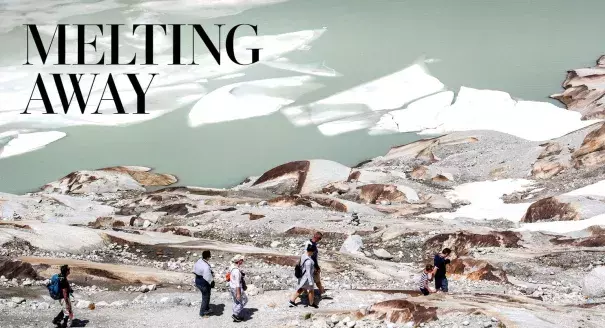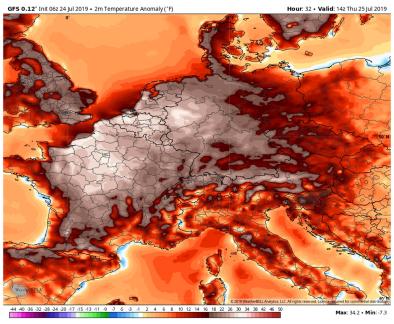The world’s climate emergency is getting harder to ignore

We’re still coming to grips with how hot the recent heat wave that scorched through Europe actually was. On Monday, officials in Britain confirmed the country experienced its hottest day on record last Thursday. July 25 also broke national records in the Netherlands, Belgium and Germany. In Paris, the temperature reached 108.7 degrees Fahrenheit (42.6 Celsius), smashing the French capital’s 72-year-old record by a staggering four degrees. Over the weekend, records fell across Scandinavia, with the Norwegian Meteorological Institute even reporting that 20 places in southern Norway experienced “tropical nights.”
What happened? An intense area of high pressure, known as a “heat dome,” settled over Western Europe. As The Washington Post’s deputy weather editor Andrew Freedman explained, the stunning margins by which many of the previous record highs were eclipsed over the last week point to an inescapable reality: man-made climate change.
...
For many climate activists, the writing is on the wall and blinking with flashing lights. Last year, the U.N.’s Intergovernmental Panel on Climate Change decreed that the world would have to reduce total carbon emissions by 45 percent before 2030 if it hoped to prevent a rise in global temperatures below a likely ruinous 1.5 degrees Celsius by the end of the century. Now, experts and advocates insist the real action needs to happen by the end of next year.
Related Content





